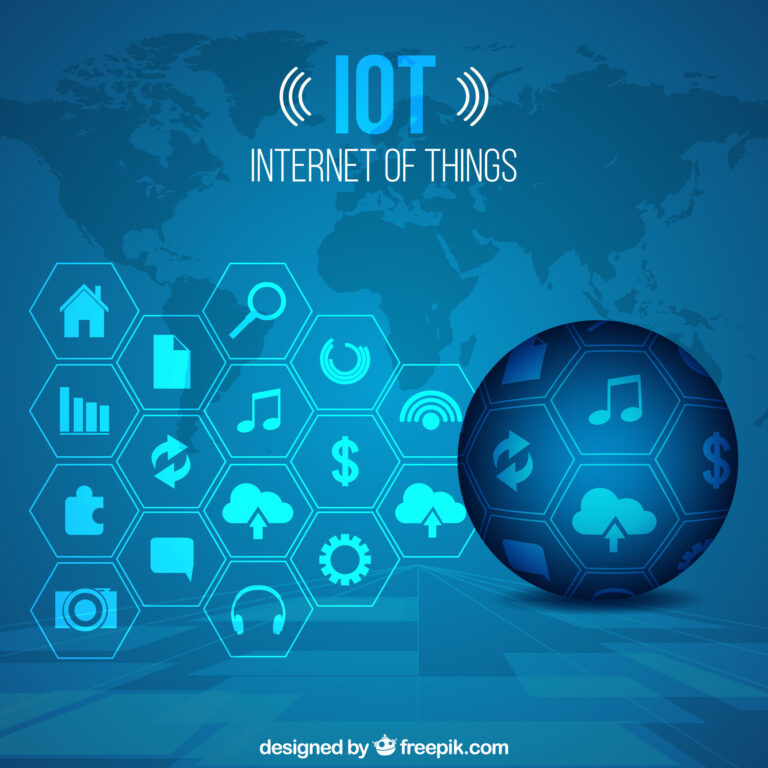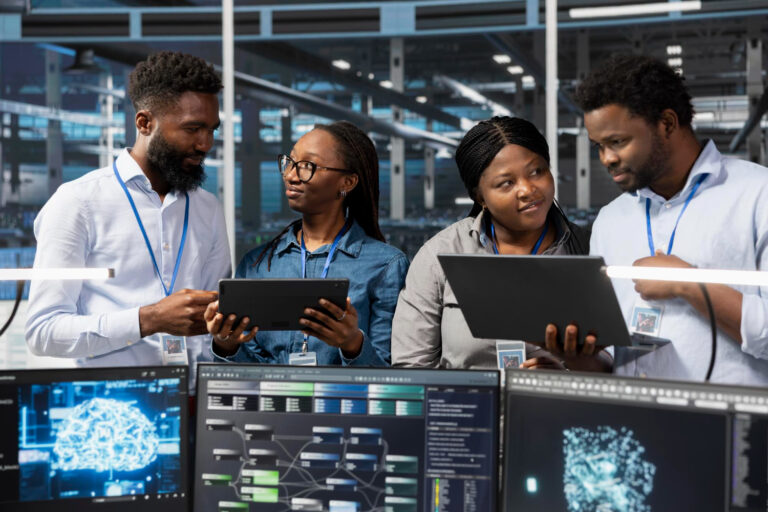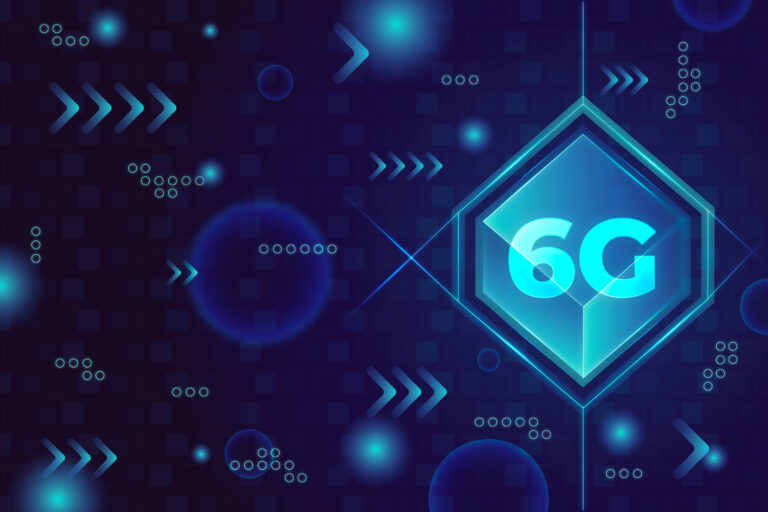Cybersecurity in 2025: Defending Against Next-Gen Threats in a Hyperconnected World
Cybersecurity in 2025: Defending Against Next-Gen Threats in a Hyperconnected World
As we venture further into the digital age, the expansion of connected technologies—AI, IoT, 5G, cloud computing, and quantum computing—presents both unprecedented opportunities and daunting cybersecurity challenges. In 2025, cyber threats have become more sophisticated, leveraging artificial intelligence, deep fakes, ransomware-as-a-service, and quantum decryption techniques. Organizations, governments, and individuals are now in a high-stakes race to secure data and critical infrastructure.
In this blog post, we explore the state of cybersecurity in 2025, the evolving threat landscape, advanced defence mechanisms, and actionable strategies to protect against next-gen threats in a hyperconnected world.
Cybersecurity Threat Landscape in 2025
1. AI-Powered Cyberattacks
Cybercriminals are now deploying AI-driven tools to automate phishing, identify vulnerabilities, and launch autonomous attacks. Malware can now morph in real-time, evading traditional antivirus and firewall systems.
2. Deep fakes and Synthetic Media Fraud
Deep fake technology, powered by generative AI, has advanced to the point where impersonating CEOs or public officials in real-time video calls is nearly undetectable. Social engineering attacks are now driven by synthetic voices and hyper-realistic images.
3. Ransomware-as-a-Service (RaaS)
Ransomware has evolved into a commercial ecosystem. Cybercriminals offer “kits” and dashboards for less-skilled attackers to launch advanced ransomware campaigns.
4. Supply Chain Attacks
Attackers are targeting trusted vendors and third-party software providers (like the 2020 SolarWinds hack) to infiltrate large enterprises undetected.
5. Quantum Threats
With quantum computing’s growing potential, current encryption standards (RSA, ECC) may soon be breakable. Cybersecurity in 2025 requires quantum-resilient cryptographic methods.
Cyber Defence Technologies of 2025
1. AI and Machine Learning in Defence
Defensive cybersecurity systems now use deep learning to:
- Detect anomalies
- Predict intrusion attempts
- Analyse user behaviour
- Automate incident response
Tools like Darktrace and CrowdStrike’s Falcon X leverage AI to stop attacks before they spread.
2. Zero Trust Architecture (ZTA)
ZTA assumes no implicit trust in any user, device, or system. Verification is required at every point of access, drastically reducing lateral movement for attackers.
Explore: Zero Trust Explained – NIST
3. Blockchain for Identity and Security
Decentralized identity management and tamper-proof logging through blockchain helps secure transactions, health records, and supply chains.
4. Cyber Threat Intelligence Platforms (CTIPs)
CTIPs collect and correlate threat data from millions of endpoints to identify emerging threats in real-time and issue automated patches.
5. Post-Quantum Cryptography (PQC)
Governments and enterprises are transitioning to PQC algorithms such as CRYSTALS-Kyber, selected by NIST as a new standard for quantum resistance.
Industries Most Affected by Cyber Threats in 2025
| Industry | Top Threats | Cyber Spend (Est.) |
|---|---|---|
| Healthcare | Ransomware, data breaches, IoT device hacks | $190B |
| Financial Services | AI phishing, synthetic fraud, DDoS attacks | $250B |
| Government | Nation-state attacks, espionage, disinformation | $200B |
| Energy & Utilities | Critical infrastructure attacks, supply chain | $175B |
| Education | Data breaches, ransomware, impersonation fraud | $80B |
The Role of Governments and Regulation
1. Cybersecurity Legislation
- The U.S. Cybersecurity Executive Order (2023) mandates real-time threat sharing and federal ZTA compliance.
- EU’s Digital Operational Resilience Act (DORA) ensures ICT resilience in finance.
2. Global Cyber Defence Alliances
Groups like NATO’s Cyber Defence Centre and the Global Forum on Cyber Expertise (GFCE) are leading multilateral cooperation.
3. Cybersecurity Awareness Campaigns
Governments have launched public education programs around phishing awareness, password hygiene, and secure IoT practices.
Personal Cyber Hygiene Tips in 2025
1. Use Password less Authentication
Biometric logins (face, iris, fingerprint) and FIDO2-compliant security keys are more secure than passwords.
2. Monitor for Identity Theft
Use identity protection services and check your digital footprint on the dark web.
3. Avoid Public Wi-Fi for Sensitive Transactions
Always use a VPN or encrypted connection on public networks.
4. Keep Software and Firmware Updated
Enable automatic updates on devices and apps to patch known vulnerabilities.
5. Enable Multi-Factor Authentication (MFA)
Use MFA on all online accounts, especially for email, banking, and social media.
Cybersecurity Job Opportunities in 2025
| Role | Skills Needed | Avg. Salary |
| Cybersecurity Analyst | SIEM tools, incident response, risk mgmt | $120,000 |
| Ethical Hacker/Pen Tester | Kali Linux, Metasploit, CEH cert | $135,000 |
| Security Engineer | Firewalls, encryption, threat modeling | $140,000 |
| CISO (Chief Info Sec Officer) | Strategy, compliance, leadership | $180,000+ |
| SOC Analyst | Monitoring, detection, scripting | $100,000 |
Courses:
Conclusion
The cybersecurity landscape of 2025 is both thrilling and terrifying. As attackers become more intelligent and better funded, defenders must rely on innovation, automation, and collaboration. Whether you’re an individual protecting your data, a business securing operations, or a government guarding national interests, cybersecurity must remain a top priority.
In this hyperconnected world, security isn’t optional—it’s foundational.






